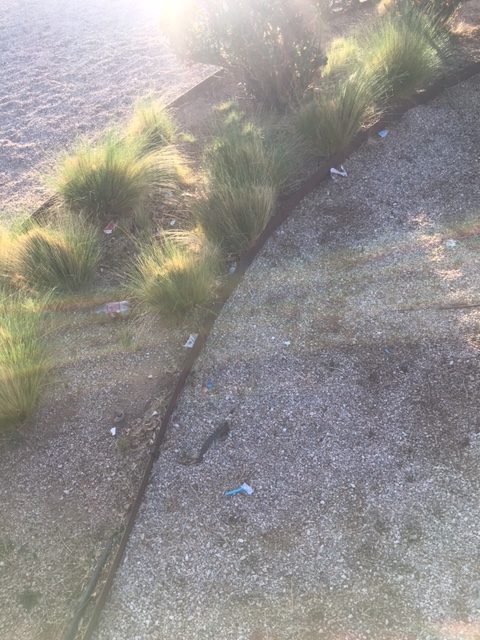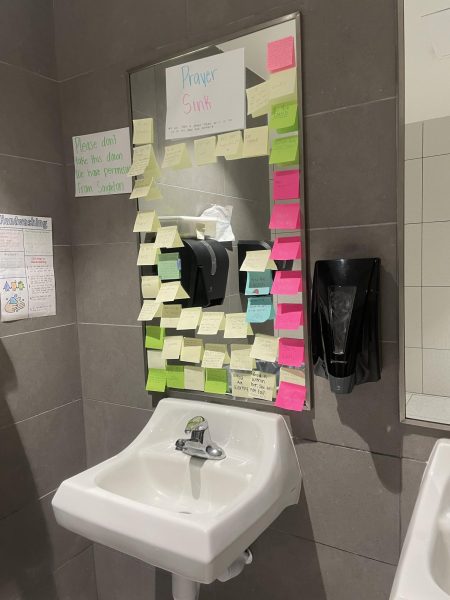Time to Talk Trash: Randall has a littering problem
While walking around campus, one can expect to see students walking to class, tennis courts, bleachers, and lots of trash. Walking between buildings or in the parking lot often feels as if I’m walking through a landfill due to the amount of garbage littering the ground. Some common items I see include food wrappers, straws, fast food containers, and gum. Obviously, the trash didn’t end up there by itself; it likely had the assistance of hurried students tossing trash out of their car windows or spitting gum out on their way to class. This is unacceptable, and students and administration need to take action to tackle the growing issue of littering.
Not only is trash an eyesore, but it is hazardous to the environment. Students should be mindful of the fact that littering does not just affect the Randall campus, but it affects the environment as a whole. Littering is a global issue, and the only way to prevent it is to take action locally. Littering negatively impacts the environment by releasing harmful chemical toxins into soil and water, polluting the ground and water sources. Littering also harms wildlife by disrupting their habitats, contaminating their food and water sources, and depleting oxygen supplies. Some waste releases toxic methane gas which contributes to the greenhouse effect. Additionally, litter is a breeding ground for bacteria and is harmful to human and animal life. While throwing a gum wrapper or a straw out of a car window may not seem like a big deal, these small actions build up and have far-reaching consequences.
While it may seem easy or convenient to litter, it is not difficult to take a few extra steps to the nearest trash can or recycling bin. Randall has trash cans everywhere and most teachers have recycling bins for paper. Trash cans are placed all over campus because they are meant to be convenient for students needing to throw trash away. It doesn’t take any more effort to throw trash in a trash can than it does to throw it on the ground. If every student made the minimal effort to make sure their garbage reaches a trash can or recycling bin, littering would essentially be a non-issue.
Finally, consequences need to be put in place for those who can’t be bothered to throw their trash away. Administration has cracked down on many issues in the past such as attendance, pass and fail rate and dress code, and it is time to focus on littering. Students who are caught littering should suffer similar consequences as those who violate school policies such as dress code. If the administration implemented consequences for littering, students may be more inclined to properly dispose of their trash.
The solution to Randall’s littering problem is simple: students and staff need to take action. Computer classes could create signs to post around campus encouraging people to throw their trash away, and students who litter should face consequences such as detention or ISS. If students and staff worked collaboratively to take on the littering problem, we could beautify our campus and help the environment simultaneously.

I am Abigail, I am a senior, and am editor of the newspaper for 2017-2018. I joined newspaper because I love writing and like to keep up with what is going...









Kendi Brown • Jan 9, 2020 at 4:45 pm
Dear Abigail,
Counter Argument: People are often too lazy to walk their trash to the garbage and think that the piece of trash they just threw down won’t be that big of a deal.
Argument: Although they may not think about their small piece of trash, it is all the trash that adds up that counts. After a measly 10 students do this you can already start to notice the litter and with the amount of kids that go to this school and it begins to add up.